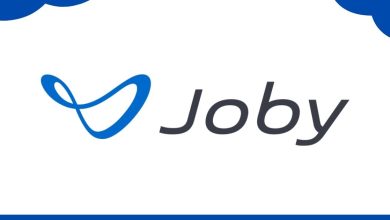What Loar Holdings’ 3.2% Return on Equity Means for Investors

For investors looking to gauge how effectively a company is generating profits from its shareholders’ money, Return on Equity (ROE) is an indispensable tool. It cuts through the noise to measure management’s efficiency in utilizing capital. Using this metric, we can take a closer look at the financial performance of aerospace and defense company Loar Holdings Inc. (NYSE:LOAR).
Understanding Return on Equity (ROE)
Return on Equity reveals the amount of net income returned as a percentage of shareholders’ equity. In simple terms, it shows how much profit the company generates for every dollar of shareholder investment.
The formula is straightforward:
Return on Equity = Net Profit (from continuing operations) ÷ Shareholders’ Equity
Calculating Loar Holdings’ ROE
Applying this formula to Loar Holdings, using figures from the trailing twelve months to March 2024, we get:
-
Net Profit: US$35 million
-
Shareholders’ Equity: US$1.1 billion
This results in an ROE of 3.2%.
This means that for every $1 of shareholder capital invested in the business, Loar Holdings generated approximately $0.03 in profit over the last year.
How Does Loar’s ROE Compare to Its Industry?
An ROE of 3.2% doesn’t mean much in isolation. The real insight comes from comparing it to the company’s peers. Within the Aerospace & Defense industry, the average ROE is currently around 12%.
This comparison reveals that Loar Holdings’ ROE is significantly lower than its industry average. This suggests that, relative to its competitors, the company has been less efficient at converting its equity base into profit.
The Impact of Debt on ROE
Before drawing a final conclusion, it’s crucial to consider a company’s debt. A business can use debt (financial leverage) to amplify its ROE. While this can be a smart strategy, a high ROE driven by massive debt is riskier than one generated from pure operational profitability.
In the case of Loar Holdings, the company maintains a low debt-to-equity ratio of 0.25. This indicates that its use of debt is conservative. The key takeaway here is that its 3.2% ROE is not being artificially inflated by heavy borrowing. While the low ROE is not ideal, it provides a clear, unleveraged picture of the company’s core profitability.
Conclusion: A Cautious Outlook
Loar Holdings presents a clear case for investors: its return on equity of 3.2% is modest on its own and lags significantly behind the Aerospace & Defense industry average. The company’s conservative use of debt means this figure is a fair reflection of its current operational efficiency.
While a low ROE is not an automatic disqualifier, it does signal that potential investors should dig deeper to understand the reasons behind this underperformance and to assess whether management has a credible plan to improve profitability in the future.




